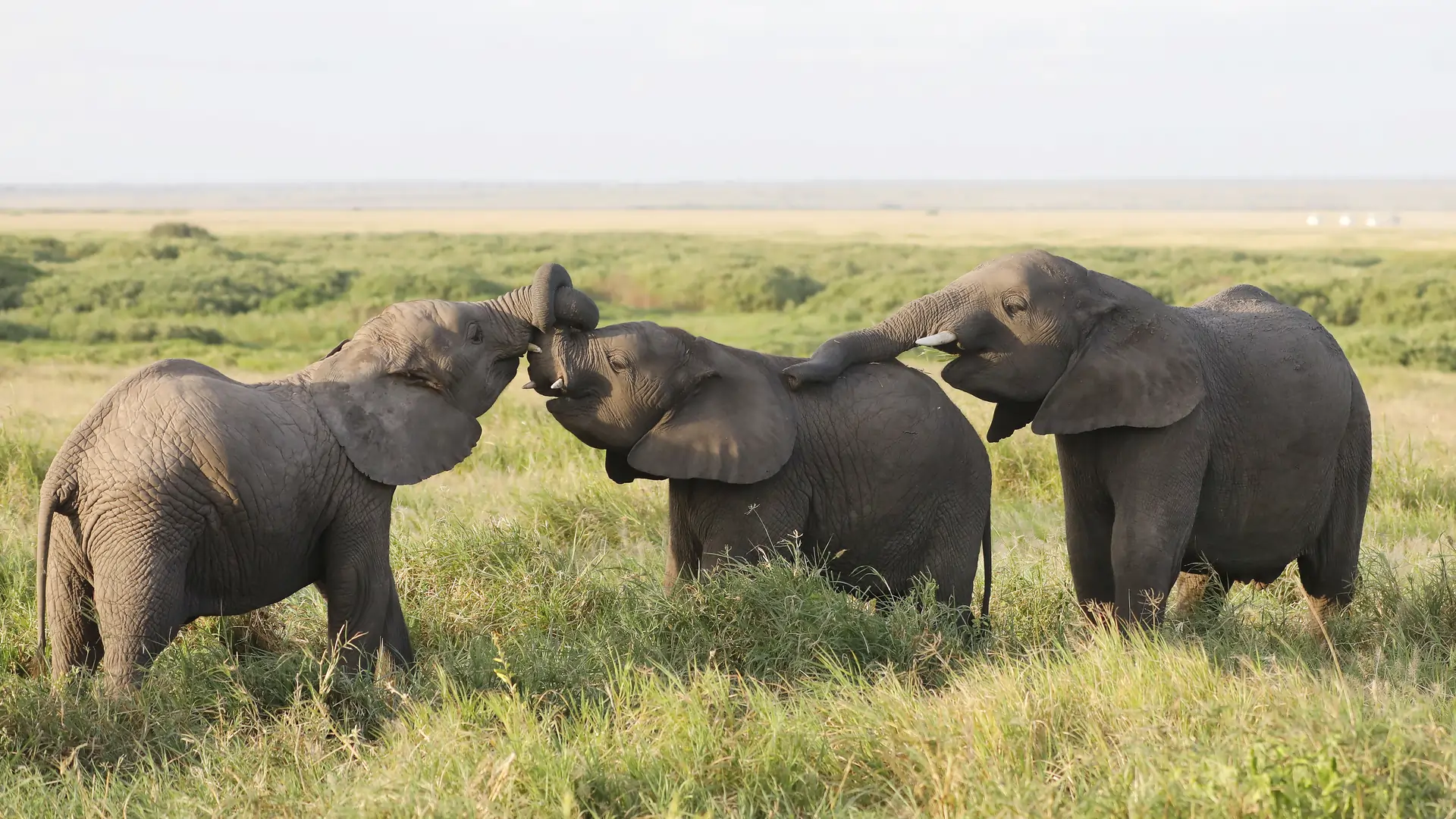
When people think about Kenya, the first image that often comes to mind is a mighty elephant walking across the savannah. Or perhaps a black rhino silhouetted against a golden sunrise in the Maasai Mara. These majestic animals are not just tourist attractions — they are part of Kenya’s national identity. And today, thanks to years of effort, Kenya has some real success stories in wildlife conservation to share with the world.
This blog takes you on a journey through Kenya’s achievements in saving elephants, rhinos, and more — and introduces you to the everyday people who are making it all happen.
The Elephant ComebackKenya’s elephant population has faced many challenges over the decades, especially due to poaching. But the story is changing — for the better.
In the 1980s, Kenya had lost nearly half its elephants. Ivory poaching was rampant. But fast forward to today, and Kenya has become a model for elephant conservation. According to the Kenya Wildlife Service (KWS), elephant numbers have been rising steadily, and poaching has dropped dramatically.
What’s Behind This Success?But the most powerful tool? Community support. People living near parks now see elephants not as threats, but as part of a shared future.
The Black Rhino RevivalBlack rhinos are some of the most endangered animals in the world. Poached for their horns, they were once nearly wiped out. But in Kenya, hope is growing.
At the Ol Pejeta Conservancy, the largest black rhino sanctuary in East Africa, rhino numbers are slowly rising. Rangers guard them 24/7, and a careful breeding program is helping the population grow.
Kenya is also home to the world’s last two northern white rhinos. Though both are female and cannot reproduce naturally, scientists are working on advanced methods like in vitro fertilization to try and save the species.
The Role of Community HeroesBehind every conservation win, there are unsung heroes. People like:
In Amboseli, for example, the Maasai community has become one of the strongest protectors of wildlife. Through programs like the Lion Guardians, young Maasai men are trained to track lions and prevent human-wildlife conflict — without harming the animals.
Community-Based Conservation: A Kenyan ModelKenya’s approach to conservation is unique because it involves the people who live closest to wildlife.
One of the best examples is the Northern Rangelands Trust (NRT). It works with over 40 conservancies in northern Kenya, helping communities manage land and wildlife together. The result? Fewer conflicts, more wildlife, and stronger local economies.
Not Just the Big FiveWhile elephants and rhinos grab headlines, Kenya’s conservation efforts go beyond the big names.
Despite the progress, Kenya still faces serious challenges:
But what gives hope is the commitment of everyday Kenyans — from school kids to elders — to protect what’s theirs.
How Tourists Can HelpIf you’re planning to visit Kenya, you can be part of the conservation story:
Kenya’s conservation success isn’t just about saving animals — it’s about hope, resilience, and teamwork. It’s about a country choosing to protect its natural heritage, not just for tourists, but for future generations.
So the next time you see an elephant splash in a river, or a rhino grazing at sunset, know this: it didn’t happen by accident. It happened because people cared, worked hard, and believed it was worth saving.
And that’s a story the whole world needs to hear.